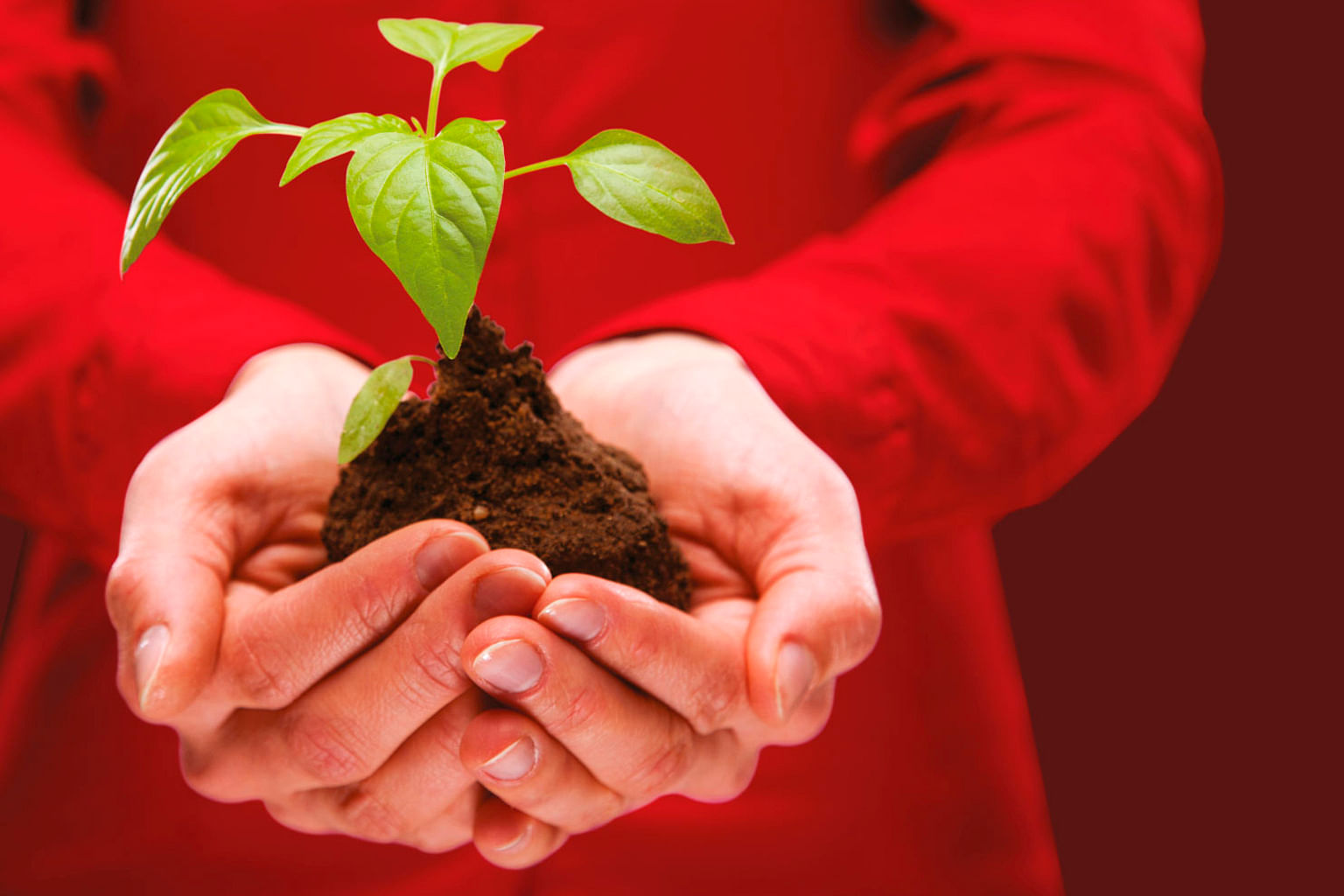
Investors have had a lot to grapple with in the last few years.
The Covid-19 pandemic and a rapidly changing macroeconomic outlook have brought unprecedented risks and volatility to financial markets, while the urgency to fight climate change has become one of the biggest challenges facing governments and industries.
These developments highlight the importance of “sustainable wealth”, which HSBC Premier describes as growing assets not just for the short term, but for the years and generations to come. To achieve that, investment portfolios must be able to stand the test of time.
Many investors are now rethinking their approach to investing, and seeking new ways to future-proof their portfolios as they look to build long-lasting wealth. More than ever before, investors are exploring new sustainability-themed investments.
“Employing ESG (Environmental, Social and Governance) factors is a must,” says Mr James Cheo, Chief Investment Officer, South-east Asia at HSBC Global Private Banking and Wealth. ESG refers to a set of criteria that investors commonly use to evaluate the impact of a company’s activities before making an investment decision.
“This will not only reduce the risk when it comes to investing, but also improve the resilience of your portfolio over the long run. That’s because the quality companies that you choose to invest in tend to deliver stronger, more sustainable earnings.”
It also allows investors to support the global movement towards a more sustainable and equitable future. The trend of aligning one’s values with investment decisions is taking off, especially among younger investors.
A survey by HSBC Global Asset Management last year found that over 82 per cent of investors in mainland China, Hong Kong, Singapore and the United Kingdom rate sustainable, environmental and ethical issues as “quite” or “very important” to their investments. In Singapore, that figure stands at 80 per cent.
But the investors estimated that on average, they explicitly consider ESG factors for only around 28 per cent of their current investments, according to the survey. That reveals a gap between investors’ intentions and their actions.
To help investors bridge the gap, HSBC has made sustainable financing and investment a priority. The bank has more than 150 years of experience navigating a constantly changing world, and it sees the transition to a net zero economy as a major opportunity for investors.

“Sustainability is at the core of what we do. It’s extremely important and central to our discussion when it comes to investment decisions,” says Mr Cheo.
“It is a journey and there will be challenges along the way. Ultimately, our role is to help our clients through this transition. We believe that every portfolio should and can be sustainable, with ESG at its core,” he adds.
Opportunities in ESG investing
Investors surveyed by HSBC Global Asset Management cite a lack of suitable investment products, and not wanting to limit their choices, as major barriers to sustainable investing.
But Mr Cheo says sustainable investment opportunities have increased tremendously in the last few years as more investors – especially those in Asia – become interested in the space, and the market for ESG products mature.
“Investors should start to take that first step to be invested,” Mr Cheo says. He suggests incrementally increasing one’s ESG investments “because that’s going to be a very important pillar to investing, especially in the years ahead”.

He shares three broad themes that would offer investment opportunities in the years to come:
Energy transition: An increasing number of governments and industries have made net zero carbon emissions pledges, and the transition to a low-carbon future is set to involve major reconfigurations in the way industries and society function.
Winners from this megatrend are companies that successfully adapt to the transition. Producers of low-carbon or renewable energy, as well as those developing new technology that help the world in the transition, will also benefit.
In Asia, China’s ambition to reach net zero emissions by 2060 will herald a green revolution with significant investments aimed at increasing the use of clean energy, promoting electric vehicles and greening supply chains.
Protecting biodiversity: A research by the World Economic Forum found that more than half of the world’s GDP is moderately or highly dependent on nature. So, damage to nature and biodiversity threatens global economic activity.
The winners in this area are companies in the circular economy, which promotes recycling and reusing products for as long as possible to reduce waste.
Social factors: The social pillar of ESG investing is receiving more attention as research shows that socially responsible companies perform better in the long term2. This is because companies with a more diverse workforce as well as those that respect human rights and focus on developing talent tend to have stronger leadership, happier employees, and more resilient operations.
Navigating economic uncertainties
Financial markets are likely to remain volatile in the coming months, given higher inflation, slowing economic growth and the likelihood of further interest rate hikes by the US Federal Reserve and other central banks.
“Such an environment requires investors to be more proactive in strengthening the resilience of their portfolios,” says Mr Cheo.
Steps that investors can take include reducing cash holdings to avoid having portfolio value eroded by inflation, and diversifying investments with a mix of stocks, bonds and alternative assets to hedge against rising inflation.
In terms of investment options, HSBC picks the US market for its economic growth prospects and those in South-east Asia, given the region’s reopening from pandemic-related closures. The bank also suggests adding income through dividend stocks and high-yielding bonds.
“Remember that time in the market is more important than timing the market, so they have to stay invested through the cycle,” says Mr Cheo.
ESG investing could help investment portfolios navigate current uncertainties and prepare for the major transition towards a greener and more equitable future.
“You have to look for quality companies that can thrive with higher prices, that can navigate a volatile environment. That’s why we think that ESG leaders are going to be one of the winners that will come out from this uncertain macro-environment,” says Mr Cheo.
But above all, investors should always pick investments that suit their risk appetite and profiles.
Approaches to sustainability-themed investments
Mr James Cheo shares that there are multiple ways to invest sustainably. Here are three of the most common approaches:
Firstly, investors can consider negative screening. This method involves excluding companies that are not aligned with investors’ values or investment objectives. For example, some investors exclude tobacco companies from their portfolios due to the harmful effects of smoking on health.
Secondly, investors can look across sectors and asset classes for companies that have high ESG scores3. ESG is a set of criteria that evaluates how a company operates in relation to environmental (such as how it uses energy or manages wastes), social (such as the treatment of workers) and governance (such as its choice of board members) factors. Companies with high ESG scores are seen as better-managed, and thus more likely to do well in the long term.
Thirdly, investors who want to achieve certain environmental or social objectives alongside financial returns can do that through a practice known as impact investing. For example, investing in research and development aimed at finding cures to diseases, or new technology to improve access to banks.
Making a difference together
HSBC is a firm believer in doing business responsibly and sustainably. It is also committed to encouraging customers to invest and live in a sustainable manner. For that, the bank has forged a global partnership with non-profit charity One Tree Planted to plant trees on behalf of clients in selected parts of Malaysia, Indonesia and India.
From now till June 30, customers who sign up for a new HSBC Premier banking account with the bank will have 10 trees planted on their behalf. For existing customers and staff of HSBC, up to 10 trees will be planted on their behalf for every ESG Unit Trust fund investment they make.
Visit www.hsbc.com.sg/esg to explore HSBC’s suite of ESG funds, which cover themes such as climate change, sustainable energy and healthcare.
Disclaimer:
Customers are advised to make independent judgment with respect to any matter contained herein. This material is not and should not be construed as an offer to sell or the solicitation of an offer to purchase or subscribe for any investment. You may wish to seek advice from a financial consultant before making any investment decisions. If you choose not to do so, you should consider whether the investment is suitable for you.
Footnotes:
1, 2 HSBC Global Private Banking – January 2022 – Q1 2022 Trend Brochure
3 ESG scores are calculated by rating agencies such as MSCI, Sustainalytics (owned by Morningstar), ISS, RepRisk, Refinitiv, Bloomberg, S&P Global, and FTSE. Refer to https://sustainfi.com/impact/esg-score/
Source The Straits Times




